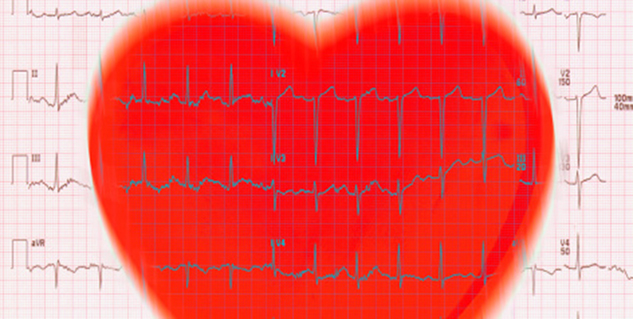Cholesterol is a type of fat present in the body. It is needed by the body to function normally. It helps for several important functions such as the production of cell membrane (the membrane surrounds all the cells in your body); important chemicals including hormones, vitamin D and the acids that help you digest fat. But when the level of cholesterol in the blood gets too high, it can cause problems. It increases the risk of heart disease and the chances of stroke. Several studies have proven that the higher the cholesterol level in your blood, the greater your risk for heart disease. Heart diseases, especially coronary heart disease, have become a leading cause of death among adults worldwide.

There are 2 forms of cholesterol present in the blood; LDL cholesterol (bad cholesterol) and HDL cholesterol (good cholesterol).
- High level of LDL cholesterol in the bloodstream causes the formation of plaque in the walls of your arteries. Plaque is formed due to deposition of fats such as cholesterol, triglycerides and other things in the bloodstream; in the walls of your arteries. Formation of plaque increases the risk of heart disease and stroke.
- HDL cholesterol is considered good cholesterol and high levels are associated with a lower risk for heart disease.
Several factors are known to increase the level of LDL cholesterol in your bloodstream. Some factors such as age (as you get older, the cholesterol level tends to increase), menopause (cholesterol level tends to increase in women after menopause) cannot be controlled. But some of the factors which cause the rise of LDL cholesterol in your bloodstream can be controlled or modified. Read on to know how to watch your cholesterol.
If your blood report shows that your LDL-cholesterol level is higher than the goal LDL, consult your doctor to learn measures to control it. Experts recommend TLC program. The term TLC stands for Therapeutic Lifestyle Changes. TLC program recommends eating healthy, doing more physical activity and controlling your weight to maintain your LDL cholesterol levels.
- Eat healthy: Saturated fat in the diet raises your LDL cholesterol level more than anything else in your diet. In fact, the intake of foods with high content of saturated fat, cholesterol, and total fat should be limited. So avoid foods with saturated fats such as whole milk, cheese, and butter. Limit the intake of meat, red meat, processed foods, fried foods, junk foods and use fats and oils sparingly for cooking. In addition, eat foods from whole grains such as eat brown rice rather than white rice and whole-grain bread instead of white bread. Include plenty of fruits and vegetables in your diet. These foods which are rich in fibre and can help to lower your cholesterol level.
- Lose weight: If you are obese or overweight try to lose weight. It can significantly reduce blood cholesterol levels and reduce the risk of several chronic diseases such as heart disease and diabetes.
- Exercise regularly: Experts say that a sedentary lifestyle is a major cause of the increase in blood cholesterol levels. Regular physical activity or exercise for 30 minutes on most days of the week can help to reduce weight, improve your overall fitness and reduce LDL cholesterol and increase HDL levels.
If lifestyle changes are not able to control your LDL cholesterol levels, your doctor will prescribe medications. However, medication should be added to lifestyle changes, and not in place of it. Lifestyle changes are known to improve the efficacy of medications. According to experts, everyone above the age of 20 should have their blood cholesterol measured at least once every 5 years to know their cholesterol numbers.
Image Source: Getty